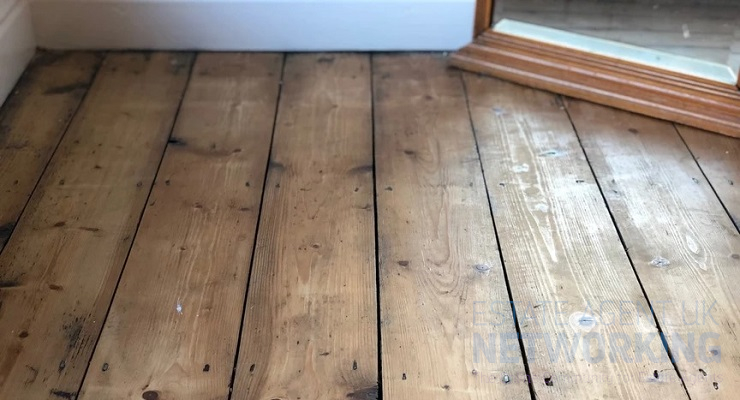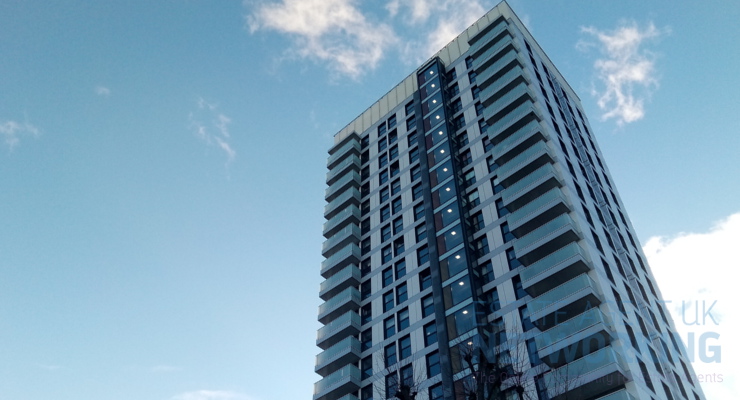How to Prevent Water Ingress in Foundation and Basement Projects
Water ingress is one of the most common and costly problems in foundation and basement construction. If left unchecked, it can compromise the structural integrity of a building, cause damage to interior spaces, and lead to mould growth and poor air quality. Preventing water ingress is, therefore, an essential consideration during the design and construction phases of any foundation or basement project. By implementing the right waterproofing solutions, builders can protect structures from the damaging effects of water and ensure the long-term durability and safety of the project.
Waterproofing foundations and basements can be particularly challenging because these areas are often below ground level and, therefore, more susceptible to water infiltration from groundwater, rain, and soil moisture. In this blog, we will explore the various strategies and materials that can be used to prevent water ingress in these critical areas and highlight how products like Visqueen can be part of an effective waterproofing solution.
1. Understanding the Causes of Water Ingress
Before diving into the methods for preventing water ingress, it’s important to understand the causes of water infiltration in foundations and basements. These areas are constantly under pressure from external forces, particularly groundwater and rainfall. Water can seep through cracks in concrete, the joints between building materials, or areas where waterproofing is either absent or inadequate.
The most common causes of water ingress in foundations and basements include:
• Hydrostatic pressure: This occurs when groundwater exerts pressure against the foundation walls and floor. Over time, this pressure can force water through cracks or weak points in the structure.
• Poor drainage: Inadequate drainage systems around a building can lead to water pooling around the foundation, increasing the likelihood of water ingress.
• Capillary action: Water can travel upwards through porous materials, such as concrete, due to capillary action, where water molecules move through small pores in the material.
• Cracks and defects in construction: Cracks in concrete walls and floors, as well as poorly sealed joints, are common entry points for water.
• Inadequate waterproofing: Insufficient or improperly installed waterproofing systems allow water to penetrate the structure.
Understanding these risks is the first step towards implementing a robust waterproofing strategy that prevents water ingress and protects the foundation or basement from long-term damage.
2. Effective Waterproofing Solutions for Foundations and Basements
Waterproofing is a multi-layered process that involves using a combination of materials and techniques to protect the structure from water ingress. Here are some of the most effective methods for waterproofing foundations and basements.
External Waterproofing Membranes
External waterproofing involves applying a barrier to the outside of the foundation or basement walls to prevent water from reaching the structure. This method is particularly effective because it stops water at the source, before it has a chance to enter the building.
One of the most popular choices for external waterproofing is the use of waterproof membranes. These membranes can be sheet-based, liquid-applied, or a combination of both, depending on the specific requirements of the project.
Sheet membranes, such as those offered by Visqueen, provide a durable and reliable solution for waterproofing foundations. They are typically made from high-performance materials such as polyethylene or bitumen, which form an impermeable barrier to water. The sheets are applied directly to the exterior of the foundation walls and sealed to prevent any water from penetrating through joints or seams.
Liquid-applied membranes are another option, offering flexibility and ease of application. These membranes are applied as a liquid and then cured to form a seamless waterproof barrier. Liquid-applied membranes are particularly useful for areas with complex shapes or irregular surfaces, where traditional sheet membranes may be difficult to install.
Internal Waterproofing Solutions
In some cases, internal waterproofing may be necessary, particularly when external waterproofing is not feasible or when additional protection is required. Internal waterproofing involves applying waterproofing materials to the interior surfaces of the foundation or basement to stop water from entering the building.
Cementitious coatings are commonly used for internal waterproofing. These coatings are applied directly to the concrete walls and floors, where they bond to the surface and create a waterproof barrier. They are ideal for use in basements where the walls may be exposed to high levels of moisture or humidity.
Another internal solution is the use of cavity drain systems. These systems involve installing drainage membranes on the interior walls and floors to direct any water that enters the building towards a sump pump, where it can be safely removed. Cavity drain systems are often used in combination with external waterproofing to provide an additional layer of protection against water ingress.
Drainage Systems
An effective drainage system is essential for preventing water from accumulating around the foundation or basement and increasing the risk of water ingress. One of the most common drainage solutions is the installation of French drains, which are trenches filled with gravel and a perforated pipe that directs water away from the foundation. This helps to reduce hydrostatic pressure and minimise the risk of water entering the building.
Additionally, downspouts and gutters should be installed to ensure that rainwater is directed away from the foundation. Without proper drainage, water can pool around the base of the building, putting additional pressure on the waterproofing systems and increasing the likelihood of water ingress.
Crack Repair and Sealing
Cracks in foundation walls and floors are one of the most common entry points for water. Even small cracks can allow water to seep through, leading to significant damage over time. For this reason, it’s essential to repair any cracks as soon as they are detected.
There are various methods for repairing cracks, depending on their size and location. Small cracks can often be sealed with polyurethane or epoxy injections, which fill the crack and prevent water from entering. Larger cracks may require more extensive repair methods, such as the use of hydraulic cement or concrete patching materials.
In addition to repairing cracks, it’s important to seal any joints or gaps between building materials to ensure that water cannot enter the structure through these vulnerable areas.
Protecting Against Rising Damp
Rising damp occurs when water from the ground travels upwards through the foundation walls via capillary action. This can lead to moisture problems in basements and lower floors, as well as damage to walls, floors, and insulation.
To prevent rising damp, a damp-proof course (DPC) or damp-proof membrane (DPM) should be installed at the base of the foundation. These barriers block moisture from rising through the walls, helping to keep the building dry and free from damp-related problems.
3. Choosing the Right Waterproofing Products
Selecting the right waterproofing products is essential for ensuring the long-term success of a foundation or basement project. High-quality materials, such as Visqueen waterproofing membranes, offer reliable protection against water ingress and are designed to withstand the pressures that foundations and basements are exposed to.
When choosing waterproofing products, it’s important to consider factors such as the type of soil around the building, the level of groundwater, and the overall design of the foundation. Working with experienced waterproofing professionals can help ensure that the most suitable products and methods are used for each specific project.
Preventing water ingress in foundation and basement projects is crucial for protecting the structural integrity of a building and ensuring its long-term durability. By implementing a comprehensive waterproofing strategy that includes external membranes, internal coatings, drainage systems, and crack repairs, builders can safeguard against the damaging effects of water infiltration.









